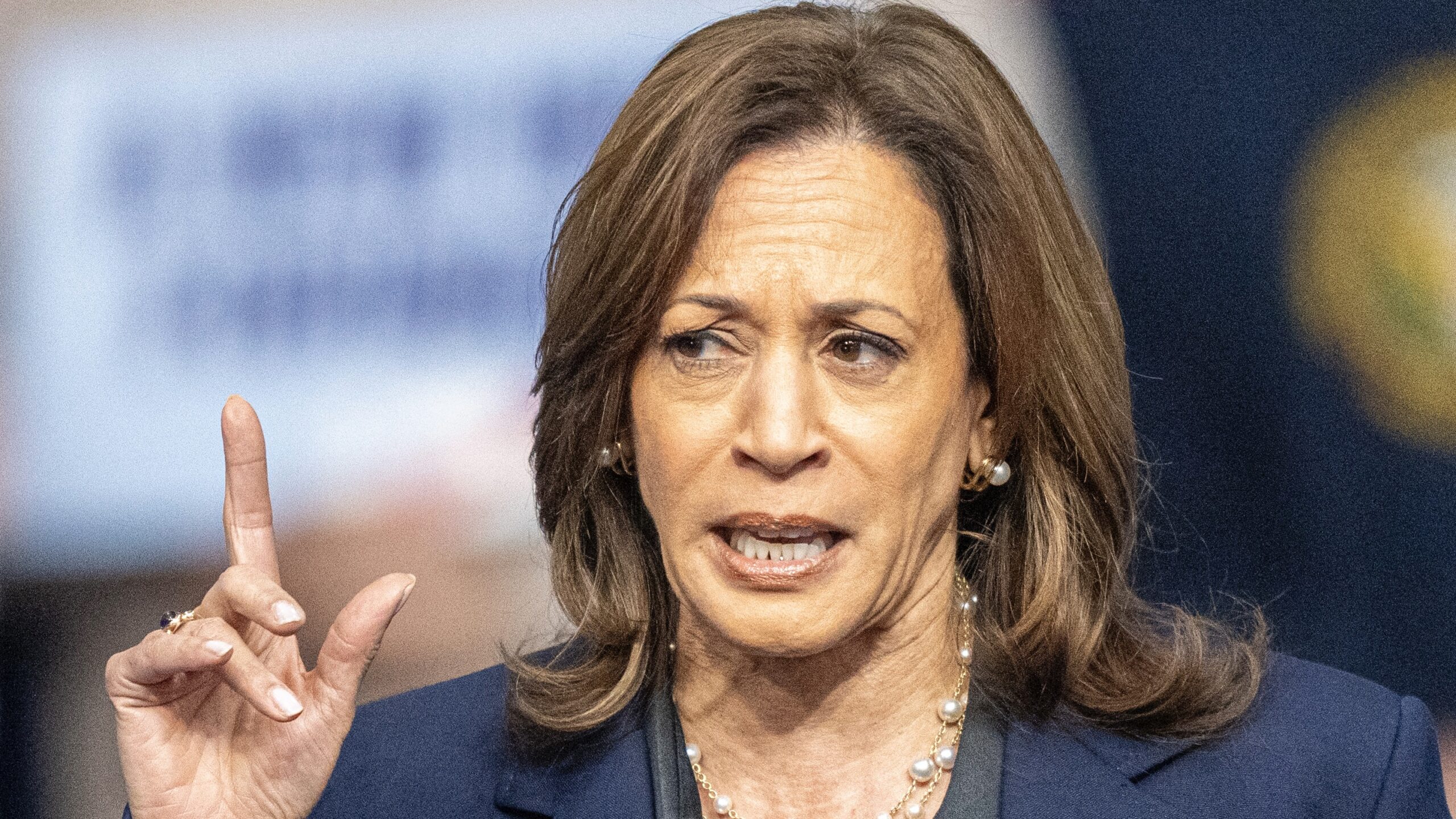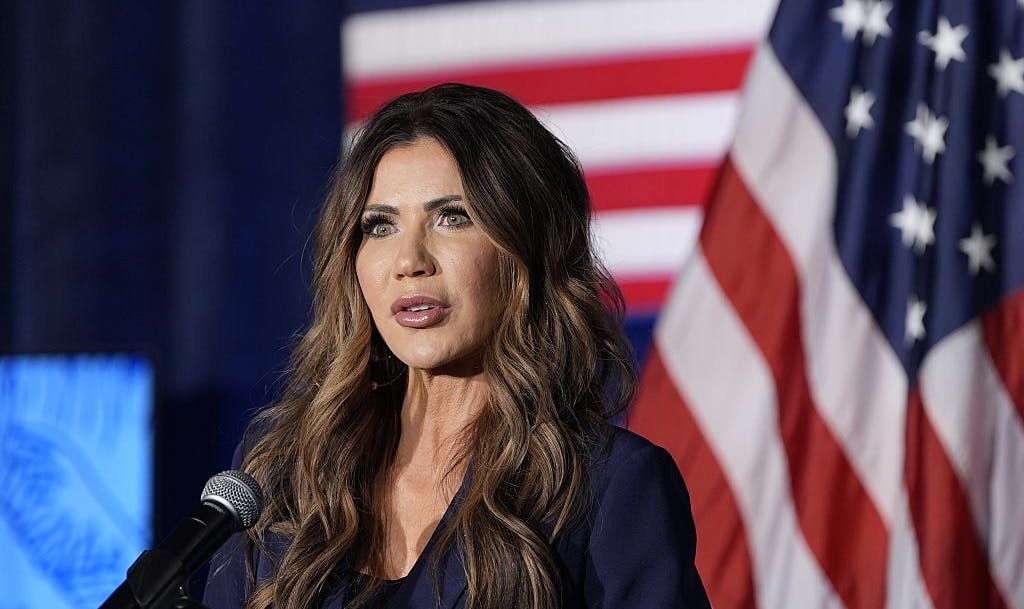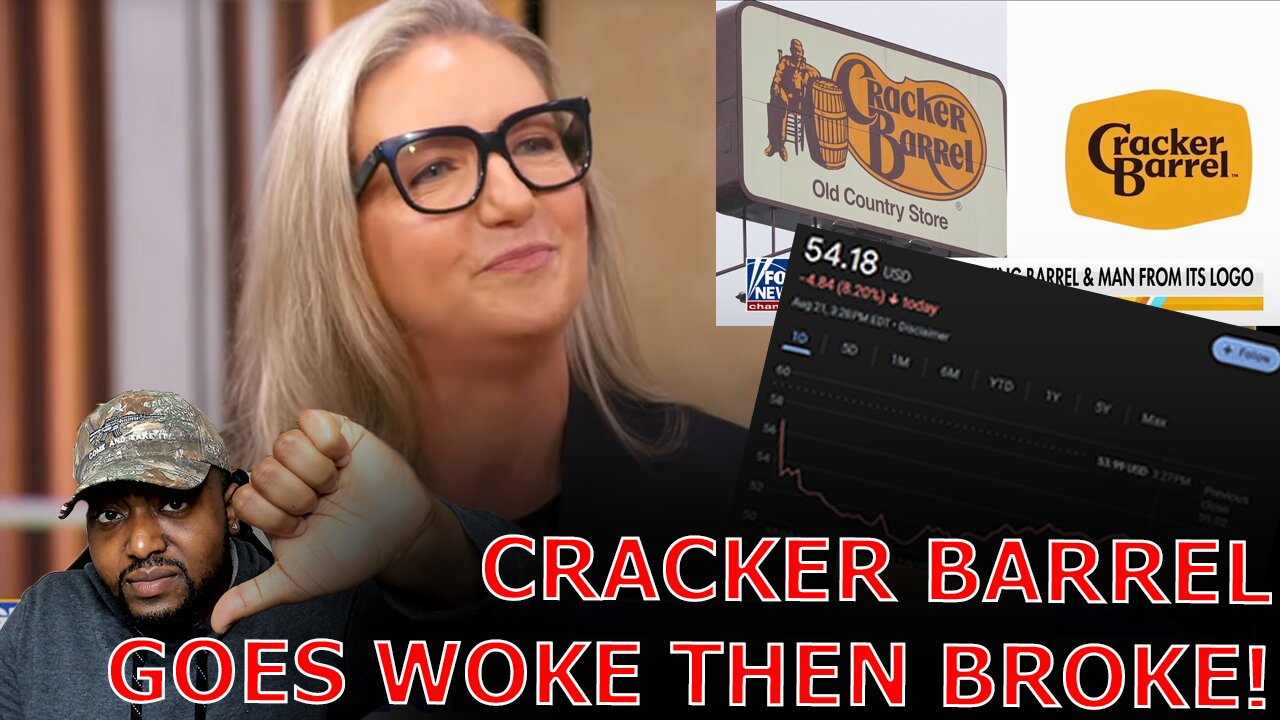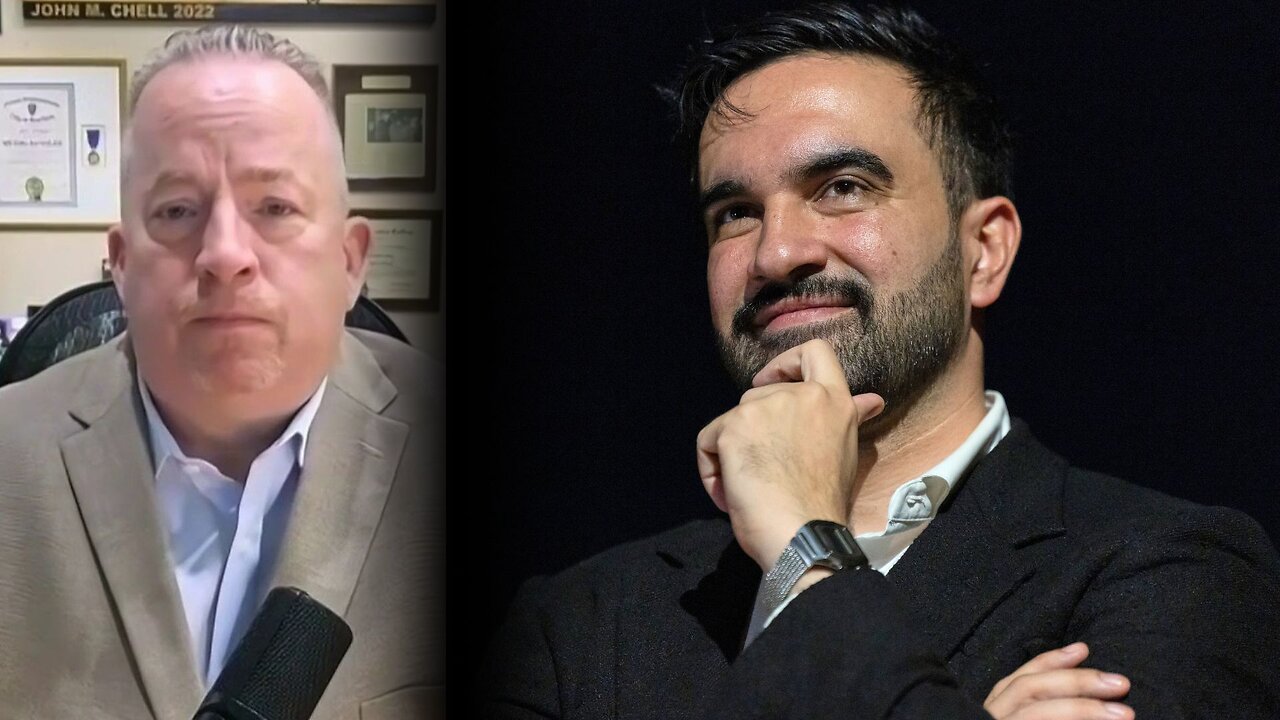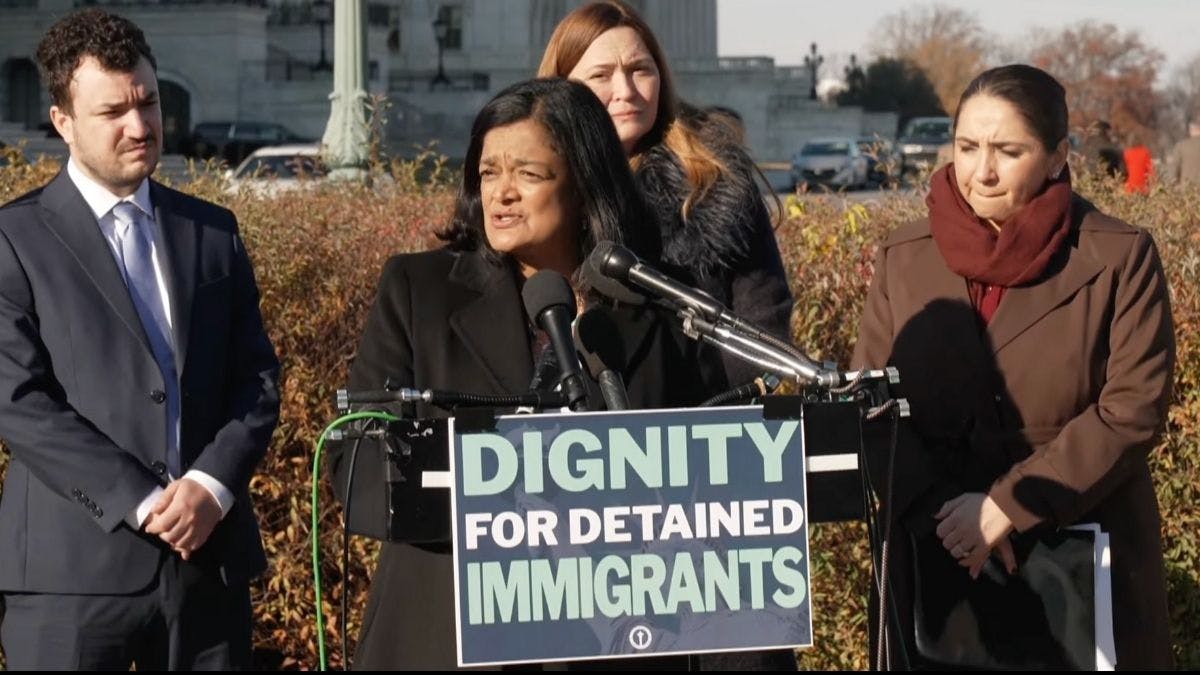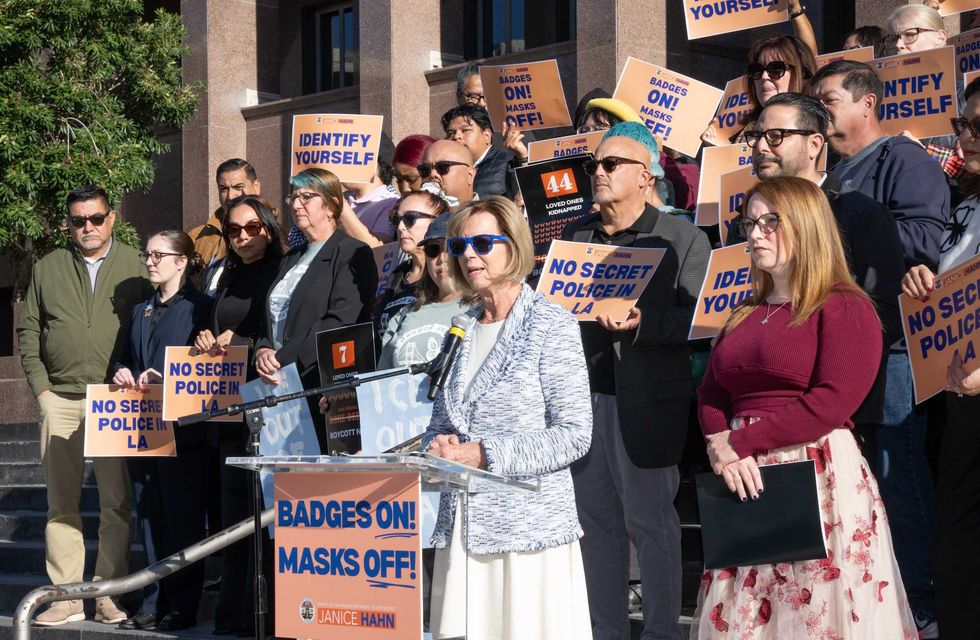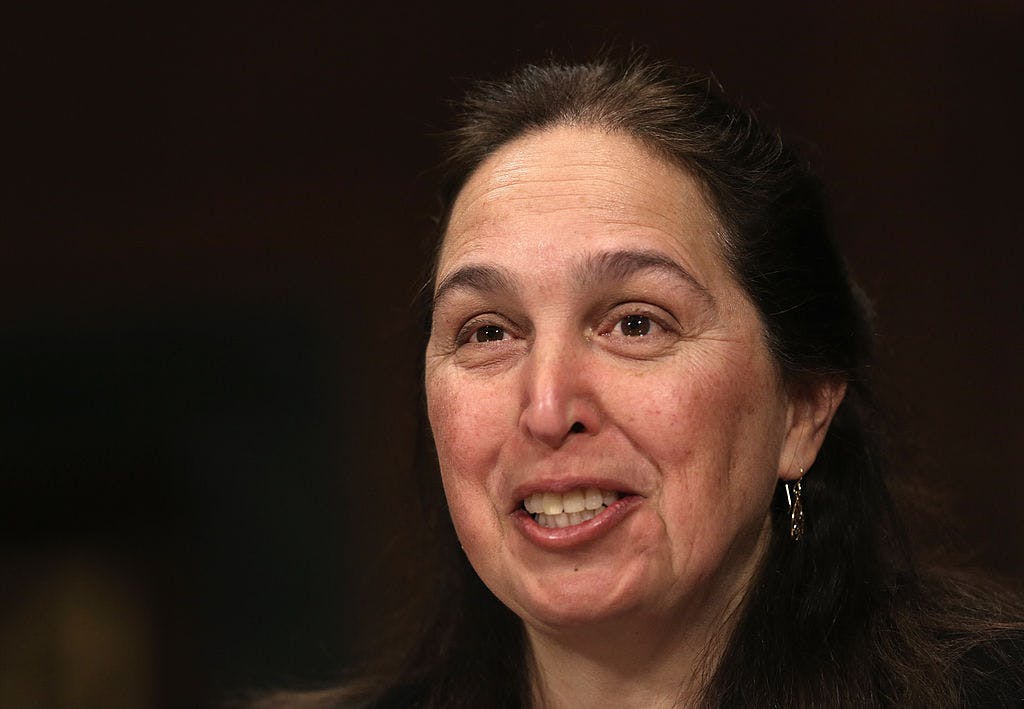Congressional Leaders on the Left Just Relaunched Their Government Health Care Takeover

The Left is nothing if not persistent.
While Congress has been exhaustively debating the tax cut and spending details of President Donald Trump’s “Big Beautiful Bill,” Senator Bernie Sanders, Vermont’s independent socialist, and his House Democratic allies are again honing their comprehensive health policy agenda: the abolition of all Americans’ private and employer-sponsored health insurance and the creation of a “single payer” system of government-run national health insurance.
Along with Pramila Jayapal (D-Wash.) and Rep. Debbie Dingell (D-Mich.), Sanders recently reintroduced the Senate and House versions of the “Medicare for All Act of 2025.” The legislation has attracted 16 cosponsors in the Senate and 104 cosponsors in the House—almost half of the entire House Democratic caucus.
As noted in analyses of earlier versions of the House and Senate legislation, it would create a government monopoly over the financing and delivery of American health care. Under this system, one would have no alternative to the government health plan, creating a “No Choice, No Exit” scenario.
Sanders and his House colleagues routinely argue that their proposal for government-run health care will be universal, comprehensive, cheaper, and overall superior to Americans’ current public/private mixture of coverage. According to Robert Weissman of Public Citizen, a prominent supporter of the bill, “Medicare for All would ensure everyone in America can get the care they need throughout their lives.”
Well, no.
Behind its simple name, the blanket claim that “everyone” will get the care they “need” throughout the course of their lives is pure, unadulterated nonsense. The real-life operations of “single payer” countries demonstrate the bitter truth, with countries like the United Kingdom and Canada showcasing the delays and denials of care year in and year out.
Today, according to the British Medical Association, the U.K. has 7.4 million patients awaiting medical care. And Canada has one of the worst waiting times in the entire Western world. In a 2020 study in the Canadian Family Physician, researchers concluded that “long wait times have become a defining characteristic of the Canadian health care system.”
In single payer health systems, wait times secure “cost savings” and are thus a “feature, not a bug,” observes Michael Baker, a health policy analyst with the American Action Forum, a Washington-based think tank.
Consider also access to specialty care, a crucial issue when it comes to deadly disease conditions like cancer and heart disease.
The U.S. excels in medical specialization relative to other high-income countries. According to data compiled by the Organization for Economic Cooperation and Development, over 88% of American physicians are specialists. American patients thus have access to a wide range of clinicians who can address specific, often serious, medical conditions in a timely and effective fashion.
While British and Canadian patients have access to a proportionately larger base of primary care physicians, or general practitioners, they have far less access to medical specialists. In 2023, for example, the U.K.’s Royal College of Radiologists reported a 30% shortage of radiologists.
The British and Canadian physician workforce has a much heavier concentration in primary care than the United States. Today, an estimated 25.5% of the U.K.’s doctors are general practitioners, according to the Organization for Economic Cooperation and Development data, and in Canada that number rises to 47.4%.
Even so, there’s no guarantee of timely access to care or an escape from waiting lists. According to a 2024 Fraser Institute study of nine countries with “universal coverage,” 47% of Dutch patients—who are enrolled in a system of largely private health insurance coverage—were able to secure same day or next day appointments when sick. That’s compared to 39.6% of British patients—and just 22.3% of Canadians.
America’s high concentration of highly skilled specialists, along with its superior access to advanced medical technology, are key contributing factors in its comparative success combating cancer, the world’s deadliest killer. The Organization for Economic Cooperation and Development reports that each year 183 people per 100,000 inhabitants die in the U.S. from cancer. For Canada, that number is 197, while in the U.K., it’s 222.
Consider breast cancer specifically. A mammography can detect cancer early, helping to reduce mortality. According to 2021 the organization’s data, the U.S. has 70.7 mammography machines per 1 million inhabitants, while Canada registered only 17.47 machines per 1 million inhabitants.
Similarly, they report a greater availability of CT scanners, MRI machines, PET scanners, and gamma cameras in the United States than in most other peer nations. The U.K. did not report their data on these items to the organization—but the number of such diagnostic technologies available in Canada per million inhabitants is roughly just one-third of what’s available in the U.S.
While congressional champions of government-run health care often concede that the U.S. outpaces single payer countries in medical technology, breakthrough pharmaceutical development and medical specialization, they nonetheless insist that an American version of single payer health care will be simpler, generate larger savings, and operate with greater economic efficiency.
Not a chance.
The House and Senate bills allegedly model themselves on the existing Medicare program—meaning they come with reams of mind-numbing regulations, bizarre rules governing provider payment, and detailed edicts concerning what patients can and cannot have and the conditions in which they can have them.
The current Medicare fee-for service program is anything but simple, and it is generating tens of trillions of dollars in long-term debt. But the House and Senate bills would make Medicare’s current flaws worse.
While they would repeal the existing Medicare and Medicare Advantage programs, they would replace them with an even more top-heavy, debt-ridden system of government-run national health insurance.
While single payer champions in Congress and elsewhere claim that the administrative costs of private coverage generate waste, sapping the time and energy of medical professionals, they routinely ignore the tens of billions of dollars lost each year in “improper payments,” as well as the enormous administrative costs of provider compliance with regulatory and reporting requirements of the Medicare bureaucracy. All those are “paperwork” costs that don’t show up on the government’s books.
This misplaced, almost childlike, faith in the alleged efficiency and efficacy of government central planning is impervious to the facts.
Dingell recently commented, “We‘ve been fighting this fight since the 1940s, when my father-in-law helped author the first universal health care bill. It’s time to get this done.”
No, it isn’t.
The post Congressional Leaders on the Left Just Relaunched Their Government Health Care Takeover appeared first on The Daily Signal.
Originally Published at Daily Wire, Daily Signal, or The Blaze
What's Your Reaction?
 Like
0
Like
0
 Dislike
0
Dislike
0
 Love
0
Love
0
 Funny
0
Funny
0
 Angry
0
Angry
0
 Sad
0
Sad
0
 Wow
0
Wow
0


